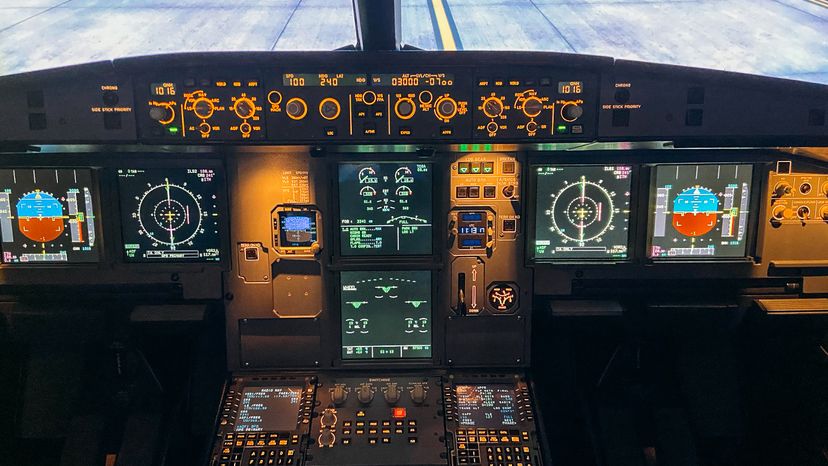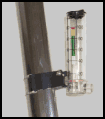
Key Takeaways
- Airplane speedometers measure speed through the pitot-static tube system, a method based on differential pressure measurement that Henri Pilot invented in 1732.
- The system measures the difference in pressure between a static sensor not in the airstream and a pitot tube facing the airflow, translating this pressure differential into speed.
- Electronics in airplanes compensate for altitude and air temperature variations to ensure the airspeed measurement is accurate.
Airspeed is a measurement of the plane's speed relative to the air around it. The pitot (pronounced pee-toe) static tube system is an ingenious device used by airplanes and boats for measuring forward speed. The device is really a differential pressure gauge and was invented by Henri Pitot in 1732. An example of an air pressure gauge is a tire pressure gauge.
The open end of the pitot tube, usually mounted on a wing, faces toward the flow of air or water. The air speed indicator actually measures the difference between a static sensor not in the air stream and a sensor (pitot tube) in the air stream. When the airplane is standing still, the pressure in each tube is equal and the air speed indicator shows zero. The rush of air in flight causes a pressure differential between the static tube and the pitot tube. The pressure differential makes the pointer on the air speed indicator move. An increase in forward speed raises the pressure at the end of the pitot tube. In turn, the air pressure pushes against a flexible diaphragm that moves a connected mechanical pointer on the face of the indicator. The indicator is calibrated to compensate for winds in the air or the speed of the opposing current in the water. In airplanes, electronics also compensate for altitude and air temperature to make the air speed measurement accurate.
Advertisement
The following picture shows a direct reading air speed indicator for a hang glider. This instrument is for paragliding and ultra light aircraft and is also ideal for measuring wind speed for activities such as:
- Wind surfing
- Radio controlled model airplane flying
The difference between the static pressure and the pressure of the air rushing into the opening in the bottom of the tube causes the red indicator disc to rise, since the upward pressure in the tube is greater than the weight of the disc. Notice the slight taper in the design of the vertical tube. The red disc has a hole in the center for the slider rod to keep the disc level.
The air speed indicator fastens to the strut of a hang glider:

Pitot tube devices and manometers are also used in commercial heating and air conditioning systems for duct air flow measurements.
Advertisement